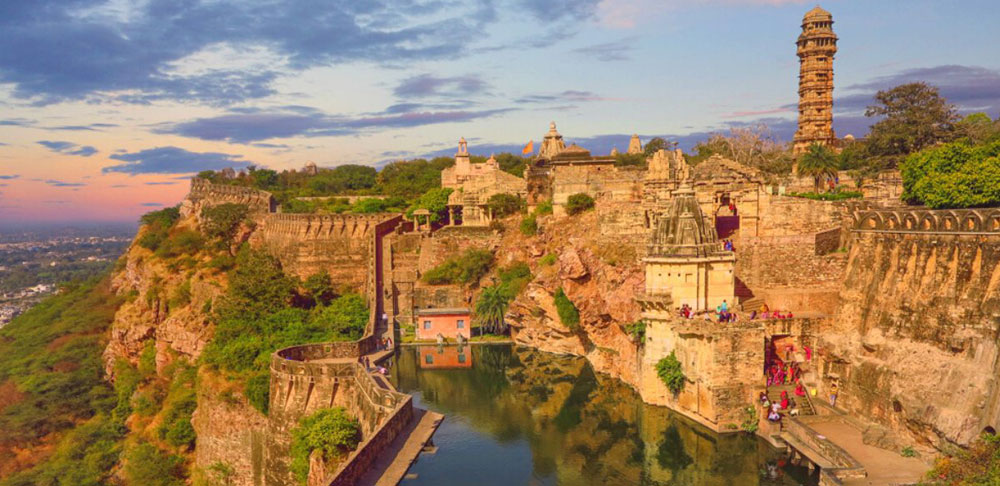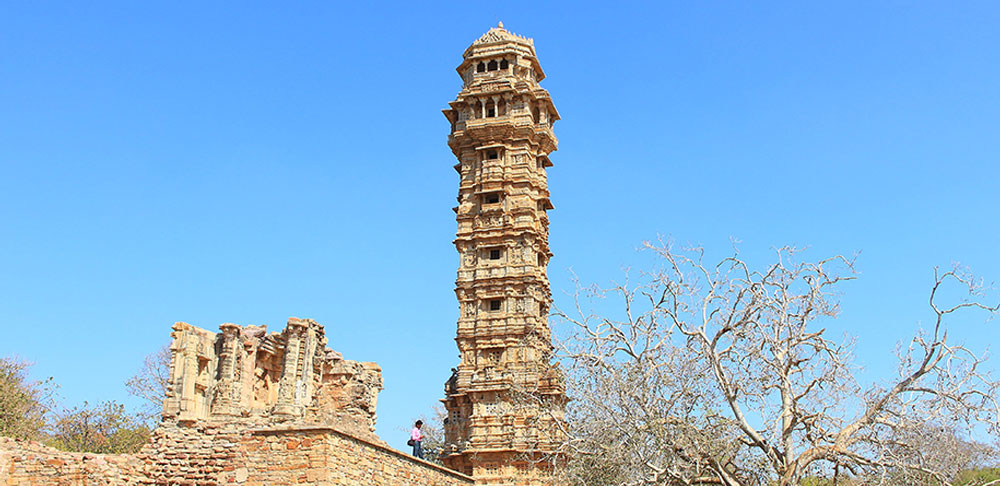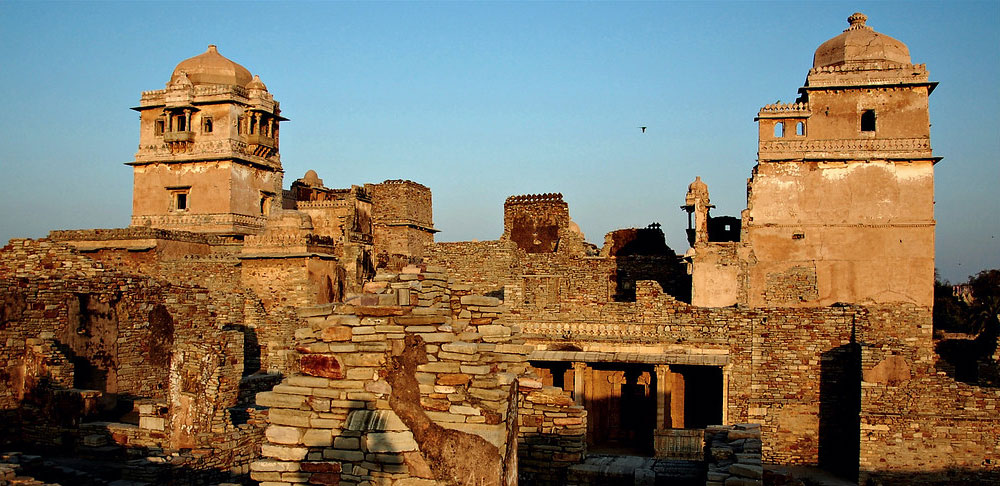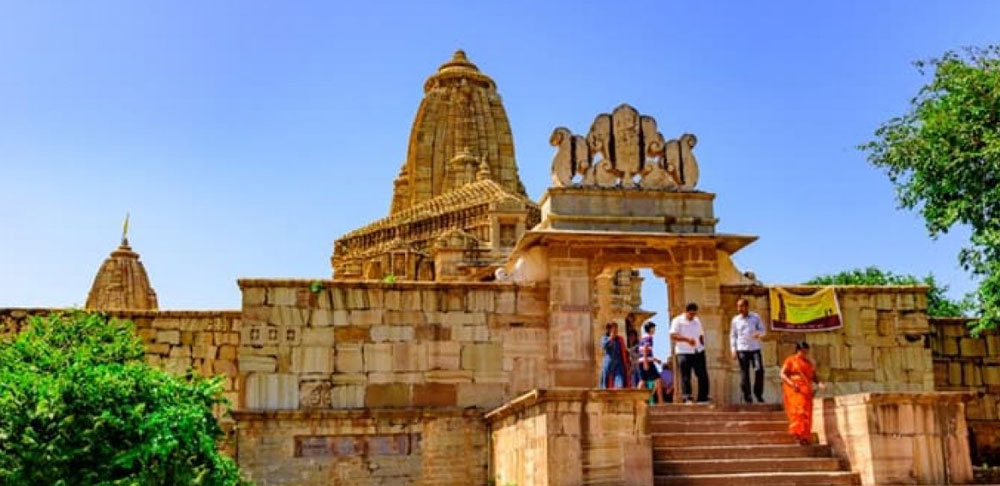
One of the oldest fort cities in the Indian state of Rajasthan is Chittaurgarh. This is usually included in any travel itinerary to this region of India. The city's rich cultural legacy and history, which are entwined with themes of tragedy, chivalry, and Romanticism, are the cause of this. The magnificent Chittaurgarh Fort was the pride of the previous Rajput rulers who dominated this region. Despite numerous battles and enemy battalions' attacks, the fort remained strong and proud.
Visit some of the most amazing historical sights in Rajasthan on this one-day excursion to Chittorgarh from Udaipur. This location served as the Mewar kingdom's capital for more than 800 years, from the 7th to the 16th century.
Places of Interest: Kumbha Palace, Victory Tower, Kirti Stambha, Meera Temple, Padmini Palace, Jain temple

The fort, plainly known as Chittor, was the capital of Mewar and is today situated several kilometres by road south of Bhilwara. It sprawls majestically over a hill 180 m (591 ft) in height spread over an area of 280 ha (692 ac) above the plains of the valley drained by the Berach River. A winding hill road of more than 1 km (0.6 mi) length from the new town leads to the west end main gate, called Ram Pol, of the fort.

The Vijay Stambha (Victory Tower) or Jay Stamba, called the symbol of Chittor and a particularly bold expression of triumph, was erected by Rana Khumba between 1458 and 1468 to commemorate his victory over Mahmud Shah I Khalji, the Sultan of Malwa, in 1440 AD. Built over a period of ten years, it raises 37.2 m (122 ft) over a 4.4 m² (47 ft²) base in nine stories accessed through a narrow circular staircase of 157 steps (the interior is also carved) up to the 8th floor, from where there is good view of the plains and the new town of Chittor.

(Tower of Fame). Kirti Stambha ("Fame Tower") is a 22 m (72 ft) high tower built on a 9.1 m (30 ft) base with 4.6 ft (1.4 m) at the top, is adorned with Jain sculptures on the outside and is older (probably 12th century) and smaller than the Victory Tower. Built by a Bagherwal Jain merchant Jijaji Rathod, it is dedicated to Adinath, the first Jain tirthankar (revered Jain teacher). In the lowest floor of the tower, naked figures of the various tirthankars of the Jain pantheon are seen in special niches formed to house them.

At the entrance gate near the Vijaya Stamba, Rana Kumbha's palace (in ruins), the oldest monument, is located. The palace included elephant and horse stables and a temple to Lord Shiva. Maharana Udai Singh, the founder of Udaipur, was born here; the popular folk lore linked to his birth is that his maid Panna Dhay saved him by substituting her son in his place as a decoy, which resulted in her son getting killed by Banbir. The prince was spirited away in a fruit basket. The palace is built with plastered stone.

Chittorgarh is the place where Meera Bai was born who was a Rajput princess and is also being well known as a poetess and saint. The princess had given up her lavish lifestyle and dedicated her life in the worship of Lord Krishna. The Meera temple is constructed to be dedicated to her and is a very famous Hindu temple which is a must visit on your tour to Rajasthan. The splendid work of art on the temple attracts a large number of tourists.

(Queen's Palace). This palace, a white building, a three storied structure (a 19th century reconstruction of the original), is located in the southern part of the fort. Chhatris (pavilions) crown the palace roofs and a water moat surrounds the palace. This style of palace became the forerunner of other palaces built in the state with the concept of Jal Mahal (palace surrounded by water). It is at this Palace where Alauddin was permitted to glimpse at the mirror image of Rani Padmini, wife of Maharana Rattan Singh.